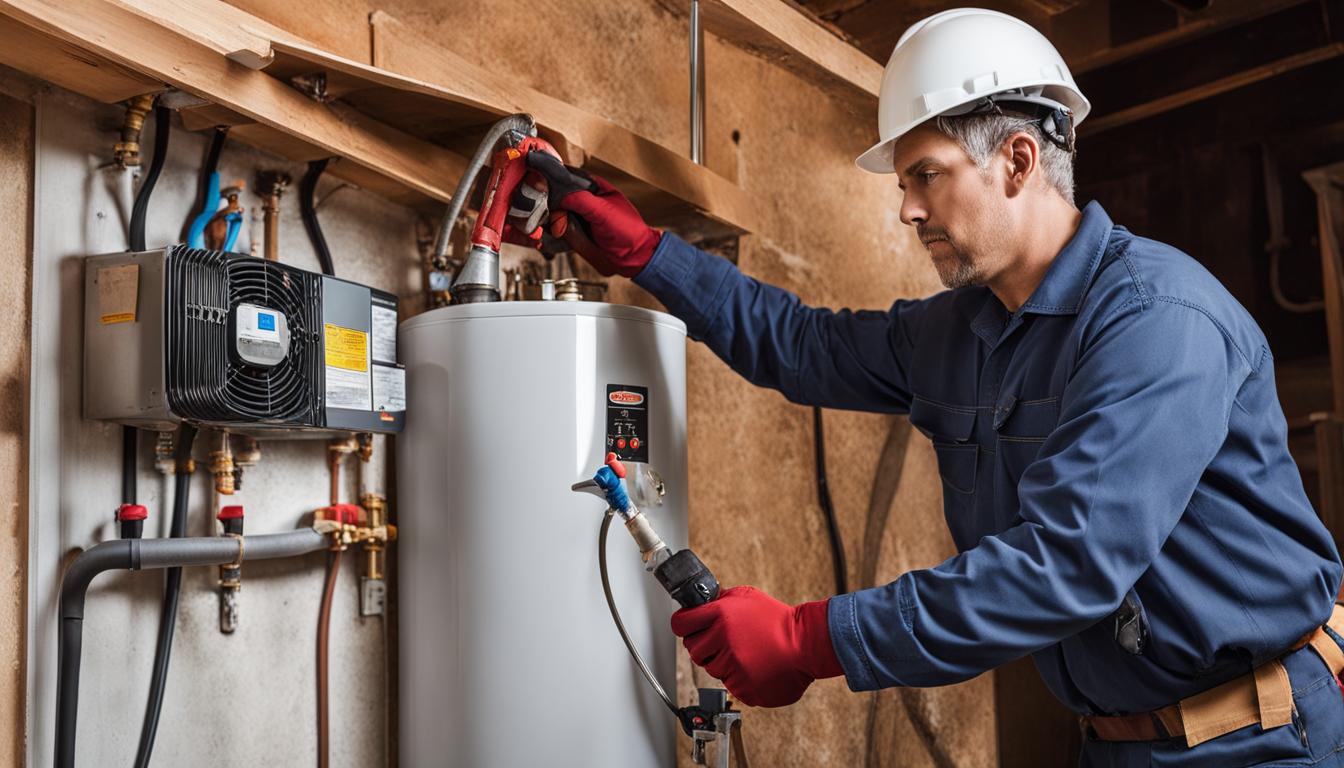Professional Advice for Caring for Your Home's Hot Water SystemEffective Methods to Care for Your Home's Hot Water System Effectively
Professional Advice for Caring for Your Home's Hot Water SystemEffective Methods to Care for Your Home's Hot Water System Effectively
Blog Article
What are your thoughts regarding Water Heater Maintenance Tips You Can't Afford to Forget?

Warm water is important for day-to-day comfort, whether it's for a revitalizing shower or washing meals. To ensure your hot water system runs successfully and lasts longer, normal maintenance is vital. This short article supplies practical ideas and understandings on exactly how to keep your home's hot water system to prevent disruptions and costly repair services.
Introduction
Preserving your home's warm water system might appear challenging, but with a couple of simple actions, you can guarantee it runs smoothly for many years ahead. This guide covers everything from comprehending your warm water system to DIY maintenance ideas and knowing when to contact specialist help.
Significance of Keeping Your Warm Water System
Regular maintenance not only expands the life-span of your warm water system but likewise ensures it runs successfully. Disregarding maintenance can result in decreased effectiveness, greater power costs, and also early failure of the system.
Signs Your Hot Water System Requirements Upkeep
Recognizing when your hot water system needs attention can prevent significant issues. Watch out for signs such as inconsistent water temperature level, strange noises from the heater, or rusty water.
Flushing the Hot Water Heater
Purging your hot water heater removes sediment buildup, improving performance and lengthening its life.
Monitoring and Changing Anode Rods
Anode poles avoid rust inside the tank. Examining and replacing them when broken is critical.
Facility Concerns Needing Expert Help
Examples consist of major leaks, electrical problems, or if your water heater is constantly underperforming.
Routine Professional Upkeep Conveniences
Expert maintenance can include extensive assessments, tune-ups, and making sure conformity with security requirements.
Examining and Readjusting Temperature Level Setups
Changing the temperature settings ensures optimum efficiency and security.
DIY Tips for Maintenance
You can perform numerous upkeep tasks yourself to keep your warm water system in top condition.
Looking for Leakages
Frequently inspect pipelines and links for leaks, as these can lead to water damages and higher bills.
Comprehending Your Hot Water System
Prior to diving into upkeep jobs, it's valuable to understand the fundamental components of your warm water system. Usually, this includes the hot water heater itself, pipelines, anode rods, and temperature level controls.
Regular Monthly Upkeep Tasks
Routine monthly checks can assist catch small problems before they rise.
Evaluating Pressure Alleviation Valves
Evaluating the stress safety valve ensures it operates properly and protects against extreme pressure build-up.
Insulating Pipelines
Protecting hot water pipes minimizes warm loss and can save energy.
When to Call a Professional
While do it yourself upkeep is useful, some issues require expert experience.
Conclusion
Routine upkeep of your home's warm water system is important for effectiveness, long life, and cost financial savings. By complying with these pointers and recognizing when to seek expert aid, you can ensure a trustworthy supply of warm water without unexpected disruptions.
How to Maintain an Instant Hot Water Heater
Before tinkering with your hot water heater, make sure that it’s not powered on. You also have to turn off the main circuit breaker and shut off the main gas line to prevent accidents. Also turn off the water valves connected to your unit to prevent water from flowing into and out of the appliance. 2. When you’re done, you have to detach the purge valves’ caps. These look like the letter “T” and are situated on either side of the water valves. Doing so will release any pressure that has accumulated inside the valves while at the same time avoid hot water from shooting out and burning your skin. 3. When the purge valves’ caps are removed, you have to connect your hosing lines to the valves. Your unit should have come with three hoses but if it didn’t, you can purchase these things from any hardware or home repair shops. You can also get them from retail stores that sell water heating systems. Read the user’s manual and follow it to complete this task properly. When the hosing lines are connected, open the purge port’s valves. 4. You should never use harsh chemical cleaners or solutions when cleaning your unit. Make use of white vinegar instead. It should be undiluted and you’ll probably use about 2 gallons. 5. Now flush your water heater. This task should probably take about 40 minutes. We can’t give you specific directions for this because the procedure is carried out depending on the type, model and brand of your heater. With that being said, refer to the user’s manual. 6. When you’re done draining the unit, you have to turn off the purge port valves again. Remove the hosing lines that you earlier installed on each of the water valves. Put the valve caps (purge port) back in their respective places and be very careful so as not to damage the rubber discs that are found inside these caps. 7. Now that everything’s back in place, check your user’s manual again to find out how to reactivate your water heating system. 8. Once it is working, turn one of your hot water faucets on just to let air pass through the heater’s water supply pipes. Leave the tap on until water flows smoothly out of it. https://www.orrplumbing.com/blog/2014/september/how-to-maintain-an-instant-hot-water-heater/

We had been made aware of that editorial about Tips on Maintaining a Water Heater from a buddy on our other web page. If you enjoyed our page plz remember to share it. Thanks for going through it.
Visit Homepage Report this page